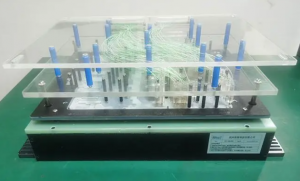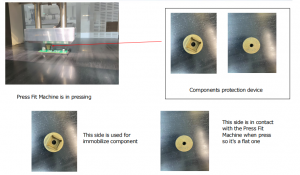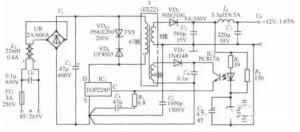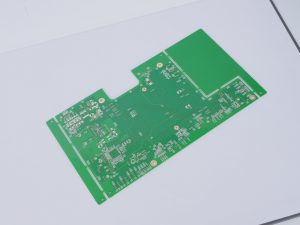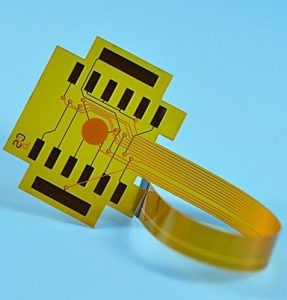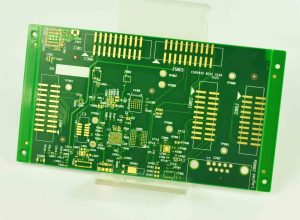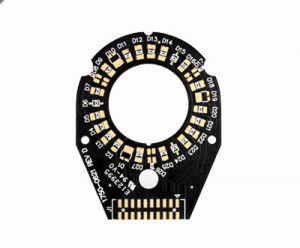When we flip a switch, our devices turn on almost instantly. But how fast does current actually flow in a circuit board? This question touches on the fundamentals of how electricity works and how it travels through wires. The speed of current flow is often misunderstood, as it involves complex science, but the basics are easy to grasp. Letâs break down this concept in a way thatâs clear, relatable, and informative.

What Is the Definition of Current?
Current is the amount of electricity passing through any cross section of A conductor per unit time, expressed by symbol III in amperes (A). Current is formed by the regular directional motion of the free charge in the conductor under the action of the electric field force. The direction of the directional flow of positive charge is specified as the direction of current.
Ohmâs Law governs how current moves through a circuit. It states that the current (I) in a circuit equals the voltage (V) divided by the resistance (R). The format is: V = I * R. According to Ohm’s law, when the resistance is constant, voltage and current are proportional, and the greater the resistance, the smaller the current. This law highlights that higher voltage or lower resistance allows more current to flow, but it doesn’t directly explain speed. The actual movement of current is more about the strength of the force driving the electrons through the conductor.
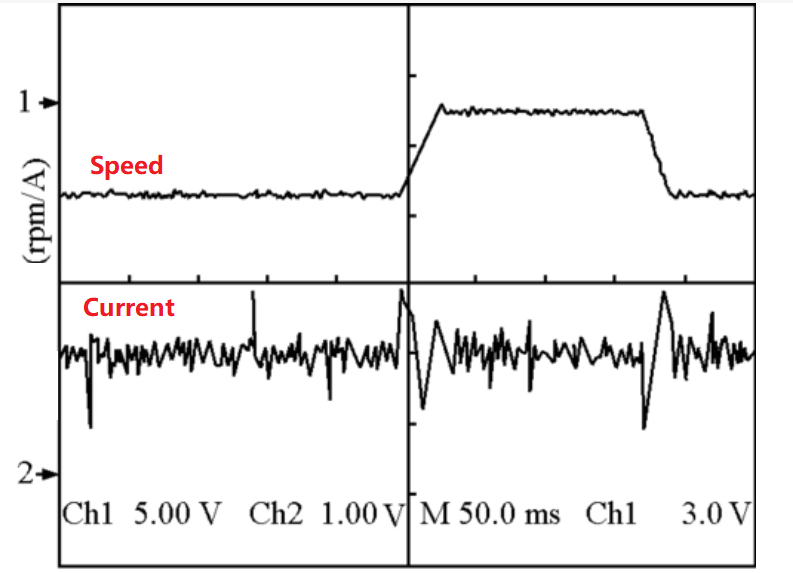
What Is the Speed of Current in a Circuit?
The speed at which current flows depends on what we mean by “speed.” Electric current refers to the flow of electrons, but these particles move much slower than you might expect. Electrons drift through the wire at speeds measured in millimeters per second. However, the electrical signal, which causes the current to flow, travels near the speed of light. In standard circuits, this speed is incredibly fastâcloser to 300,000 kilometers per second in a vacuum. In cables, it’s slightly slower because materials like copper slow the signal down, but it remains very high. This is why our lights turn on so quickly.
The flow of current in a circuit
- In the â parallel circuit â, current passes through each parallel branch separately. According to Ohm’s law, the smaller the resistance in a different branch, the greater the current through that branch, the current will choose to pass through the lower resistance of the branch.
- In the â series circuit â, current flows sequentially through the series elements. The greater the resistance in the series element, the smaller the current passing through the element, and the current will be selected to pass through the larger resistance element.
- In a circuit, current circulates along a closed loop. According to Kirchhoff’s current law, the sum of the current in the loop is zero. This means that when current enters a node through a branch, it returns to the original branch â through other exits on that node.
- For multiple branches in parallel, according to Kirchhoff’s current law, the sum of their branch currents is equal to the total current. That is, the algebraic sum of the currents in each parallel branch is equal to the total current magnitude.
What is the Direction of the Current Flow in the Circuit?
Outside the power supply, the current flows from the positive terminal of the power supply to the negative terminal of the power supply through the electrical appliance. Inside the power supply, the direction of current flows from the negative terminal to the positive terminal. In a closed circuit, the direction of current outside the power supply flows from the positive terminal of the power supply through the electrical appliance to the negative terminal.
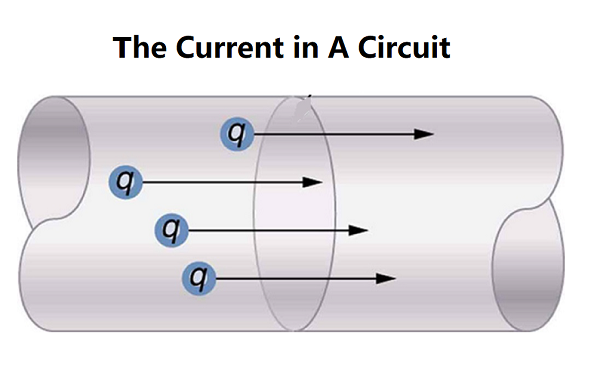
According to the continuity principle of current, the current must be continuous in a closed circuit and cannot be interrupted or disappeared. This is because the presence of current requires a closed loop to provide a path.
How Fast Does an Electric Current Flow in a Circuit?
The current in the â circuit flows at the speed of light, that is, 300,000 kilometers per second (m/s), but the electrons actually flow rather slowly. â
The speed of electric current is theoretically the speed of light, because electric current is actually caused by changes in the electromagnetic field. In a vacuum, electromagnetic waves (including light) travel at the fastest speed, known as the speed of light, at about 299,792,458 meters per second. Since current is the flow of electric charges, and the movement of electric charges causes changes in the electromagnetic field, this change can theoretically travel at the speed of light. However, the “current speed” here actually refers to the speed at which electrons move through the conductor, which is relatively slow, between about 0.001-0.1 meters per second. This difference is mainly due to the fact that the speed of a current includes not only the movement of electrons through a conductor, but also the change in the speed of the electromagnetic field, which is the theoretical speed of light â1.
In addition, the speed of electron movement is related to the potential difference between the two ends of the conductor and the resistance of the conductor itself, which is the basic content of Ohm’s law. Current is defined as the amount of charge passing through a cross section in unit time. Therefore, although the electrons move slowly, due to the large number of electrons, the transmission speed of current is very fast, which can almost respond to changes in the circuit in real time. For example, when the light switch is turned on.
To understand this more clearly, imagine current as water flowing through a pipe. The electrons are like water molecules moving very slowly, while the energy they carry moves much faster. In practical terms, when we talk about the “speed” of electricity, we’re usually talking about how quickly the electric signal travels. Itâs important to clarify that the electrons themselves are sluggish, but the effect of their movementâwhat we perceive as currentâtravels at nearly the speed of light.
Is the Speed of Current Faster Than Light?
No, the speed of current in any practical sense cannot exceed the speed of light. The signal may travel close to the speed of light under optimal conditions, but electrons, the carriers of charge, move much slower. This distinction is important because it highlights the difference between the actual particles (electrons) and the energy they carry. The signal traveling through the circuit can be very fast, but never faster than light.
Itâs fascinating to compare electricity with light because both involve the movement of energy. Light, which is a form of electromagnetic radiation, always moves at the maximum speed allowed by physicsâapproximately 300,000 kilometers per second in a vacuum. Electricity in a circuit, particularly the signal propagation, travels at a speed close to this, but never quite as fast because wires and other materials introduce resistance. The signal speed in a copper wire, for instance, is roughly two-thirds the speed of light, or about 200,000 kilometers per second.
How Do You Calculate Current Flow Rate?
The calculation of velocity in an electric current usually concerns the strength of the current rather than the velocity of a substance. Calculating the current flow rate in a circuit is straightforward using Ohmâs Law: I = V/R. For example, if you have a 12-volt battery and a resistance of 6 ohms, the current will be 2 amps. However, this formula applies to direct current (DC) circuits only. In AC circuits, because both voltage and resistance change with time, the calculation is more complex and needs to be calculated using instantaneous values. In addition, the calculation of the current involves other factors in the circuit, such as inductance and capacitance, which affect the behavior of the current and the way it is calculated.
Speed of Electricity in km/hr
If you convert the speed of electricity into kilometers per hour (km/h), itâs easier to understand just how fast it is. In a vacuum, electricity would travel at around 1.08 billion kilometers per hour. In practical circuits, like those in your home, electricity still travels at an astonishing speed, typically between 700 million and 800 million kilometers per hour. This is why we experience no noticeable delay when we turn on an electrical device. High-voltage transmission lines carry electricity at speeds of around 50% to 99% of the speed of light. This allows power to be transmitted over long distances in a matter of milliseconds, ensuring that homes and businesses receive electricity almost instantaneously.
Tags: current flow in a circuit, how fast does current flow in a circuit?


